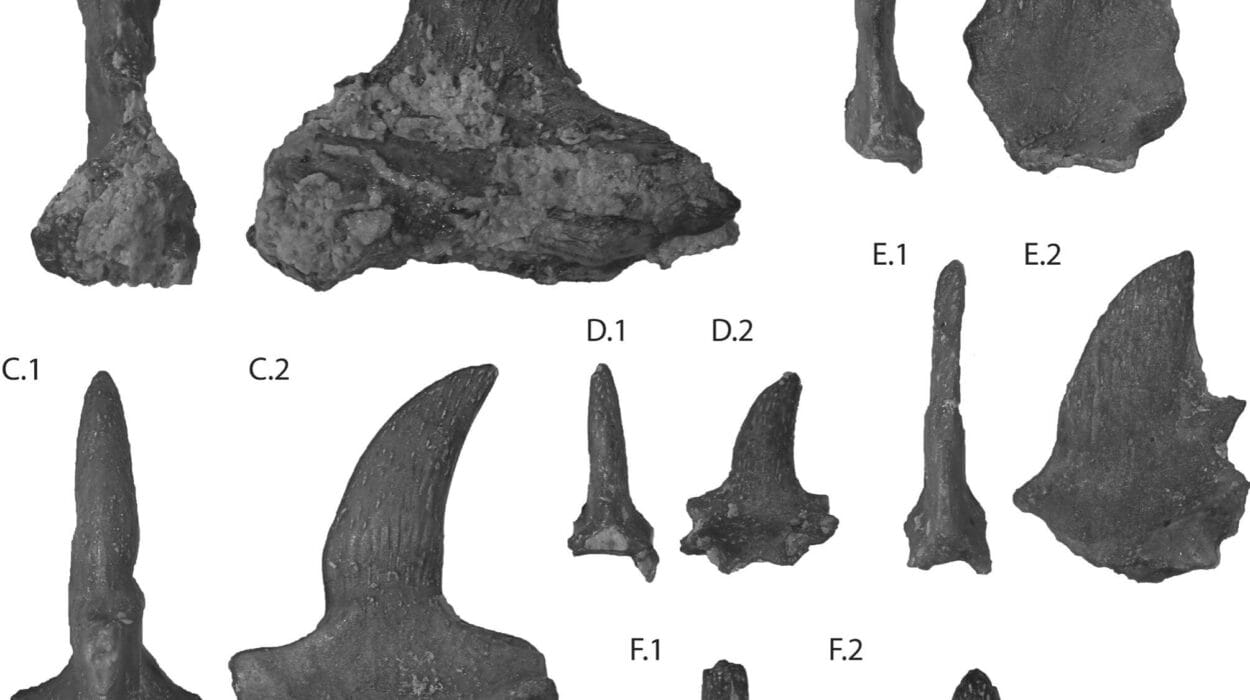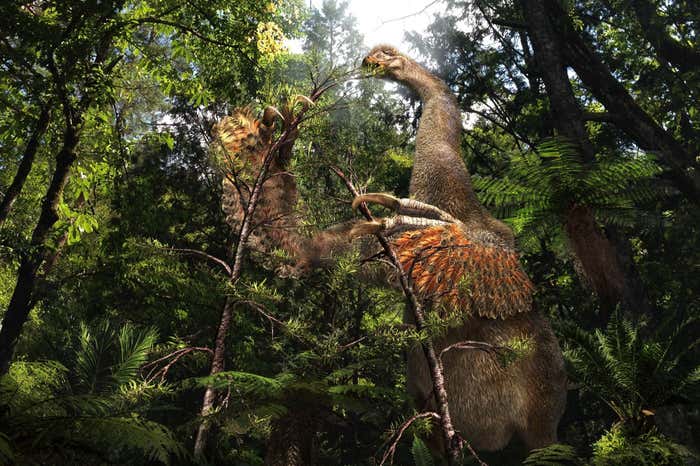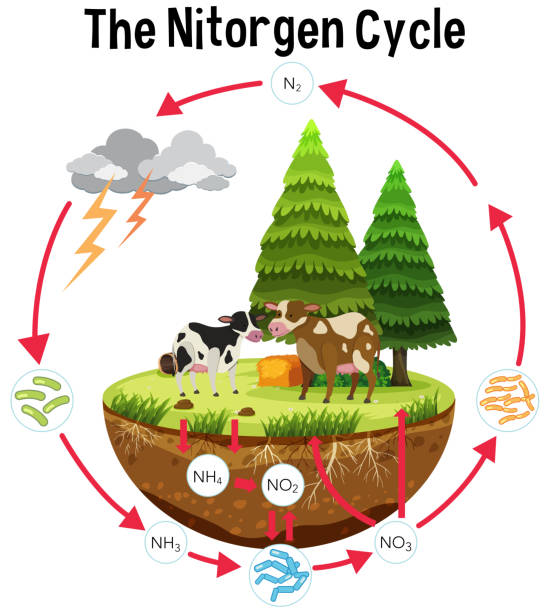Deep beneath the frostbitten soil of northern Siberia, two tiny bodies lay entombed in ice for more than 14,000 years. When they were finally unearthed—one in 2011, the other in 2015—they seemed like a gift from prehistory: two perfectly preserved “puppies,” their fur still dark and soft, their features hauntingly familiar. For a time, scientists wondered if these might be the world’s earliest domesticated dogs.
But in a new study published in Quaternary Research, researchers from the University of York and international collaborators have peeled back the icy mystery of the “Tumat Puppies.” And what they’ve found is both remarkable and humbling. These cubs were not early dogs. They were sisters—wolf cubs—born into a world of woolly mammoths, giant rhinos, and sprawling, icy plains. Their story, frozen mid-chapter, offers a rare and intimate glimpse into the wild rhythms of life at the end of the last Ice Age.
A Sisterhood Frozen in Permafrost
The cubs were discovered near the tiny Siberian village of Tumat, about 40 kilometers away, at a site that once echoed with the footsteps of mammoths and the howls of prehistoric predators. Their tiny bodies, no older than two months at the time of death, were found curled inside what had likely been a den. There were no wounds, no signs of violence. It appears that a sudden landslide may have sealed their fate—burying them as they slept, their last meals still undigested in their bellies.
To scientists like Anne Kathrine Runge, a Ph.D. researcher at the University of York’s Department of Archaeology, the discovery was staggering.
“It was incredible to find two sisters from this era so well preserved,” Runge said. “But even more incredible that we can now tell so much of their story—down to the last meal that they ate.”
Wolves, Not Dogs—And Why That Matters
For years, scientists hoped that the Tumat Puppies might shed light on one of evolution’s most profound relationships: how wild wolves became humanity’s first companions. But detailed genetic analysis has now confirmed that these animals weren’t early dogs. They weren’t even related to the lineage that would eventually give rise to domestic breeds.
Instead, the cubs belonged to a population of wolves that has since vanished from the Earth. Still, their story helps fill in critical gaps—not about dogs, perhaps, but about what life looked like just before dogs emerged. Their fur, once believed to hold a dog-specific mutation for black coloration, has now been shown to occur in ancient wolves too, challenging the assumption that dark fur marked early domestication.
“While many will be disappointed that these animals are almost certainly wolves,” Runge explained, “they have helped us get closer to understanding the environment at the time, how these animals lived, and how remarkably similar wolves from more than 14,000 years ago are to modern-day wolves.”
A Prehistoric Feast: Woolly Rhino and Willow Twigs
What truly astonished the team, however, wasn’t just the genetics—it was the cubs’ last meals.
Analysis of their gut contents revealed a diverse diet. One cub had eaten part of a bird called a wagtail; the other had consumed skin from a woolly rhinoceros—a giant of the Ice Age landscape. That finding stunned researchers. A fully grown woolly rhino was enormous, far beyond the typical prey for a wolf. Even a calf would have been a formidable target.
This surprising discovery raises an intriguing possibility: were these ancient wolves larger, stronger, or more cooperative than their modern cousins? Or were they simply opportunists, scavenging a carcass left by other predators—or even humans?
“We think it was likely a young woolly rhino calf, not a full adult,” Runge said. “It’s possible the adult pack hunted it and then brought it back to the den. Even so, this would have been considerably bigger than what modern-day wolves usually hunt.”
What’s just as fascinating is what the cubs didn’t eat. Despite being found near charred mammoth bones—clear signs of human activity—there was no trace of mammoth in their stomachs. That absence, along with the lack of physical injuries, paints a picture of young wolves raised in the wild, perhaps in proximity to humans, but not reliant on them.
A Window Into an Ancient World
These cubs are more than a frozen curiosity. They are a time capsule—preserving not just bones and fur, but an entire ecosystem.
Microscopic analysis revealed fossilized plant fragments in their stomachs: prairie grasses, willow twigs, and leaves from the ancient shrub genus Dryas. This mosaic of vegetation suggests a landscape rich in diversity, supporting everything from mammoths to migratory birds.
Dr. Nathan Wales, a co-author from the University of York, explained that the cubs give researchers a rare chance to explore wolf biology beyond DNA and bones.
“The soft tissues preserved in the Tumat Puppies give us access to other ways of investigating wolves and their evolutionary line,” he said. “We can see that their diets were varied, consisting of both meat and plant life—just like modern wolves.”
Even their social lives echo the wolves of today. The two cubs were sisters, likely being raised in a den, cared for by a pack. That social structure—parental care, sibling bonding, and cooperative hunting—remains central to wolf survival even now.
The Hunt for the First Dog Continues
Although the Tumat Puppies turned out to be wolves, their discovery doesn’t close the chapter on dog domestication. In many ways, it deepens the mystery.
For years, scientists have debated when and where dogs first emerged. Some theories point to East Asia, others to Europe or the Middle East. But with every new discovery—like these cubs—the picture becomes both clearer and more complex.
If wolves 14,000 years ago already shared so many traits with their modern descendants, what exactly marked the turning point toward domestication? Was it a behavioral shift? A physical mutation? A moment of mutual benefit around an ancient campfire?
The answer remains buried somewhere in time.
“The black fur color once thought unique to dogs may have come from wolves all along,” Runge noted. “It shows that we can’t make assumptions. We need more data, more discoveries—and more patience.”
Waiting in the Ice
Today, the remains of the Tumat Puppies are being carefully studied, preserved, and shared among researchers across the globe. But they are not alone.
Siberia’s melting permafrost continues to yield ancient secrets—some intact, others eroded by time. It’s entirely possible, as Wales suggested, that the cubs had littermates who survived the collapse of the den. Or that more frozen wolves, dogs, or something in between still lie hidden beneath the surface, waiting for their stories to be told.
Their discovery reminds us of how much the past still has to say—not just about wolves or dogs, but about the deep, ancient relationships between life, land, and time.
They may not have been the first dogs. But these sisters, frozen in eternal slumber, have howled across millennia to bring us closer to the truth.






